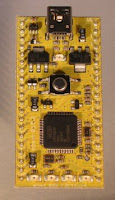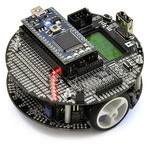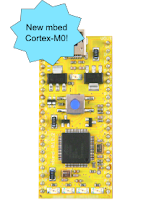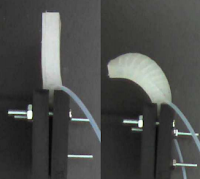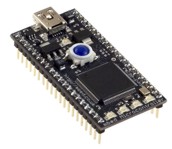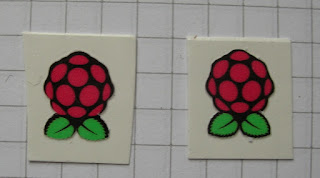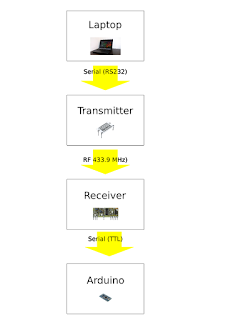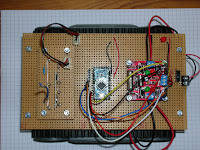Java USB HID client for mbed Logic analyser

mbed lpc11u24 beta kit I've been using a Python client while developing my mbed USB-based logic analyser , but the pywinusb package only runs under Windows. Since my desktop is now a Windows-free zone, I've been having to Fire up VirtualBox Start up a Windows XP VM Plug a USB connector into the mbed Tell VirtualBox to give the VM access to that USB device and Curse at the fact that I'm restricted to the much slower version 1.1 of the USB protocol I've now switched to a Java package which runs under Ubuntu. Details on the mbed site . The next step should be to do some timings, but I won't be able to run at full speed until the chaps at mbed have finished porting one of the libraries I need to the new beta mbed LPC11U24.


